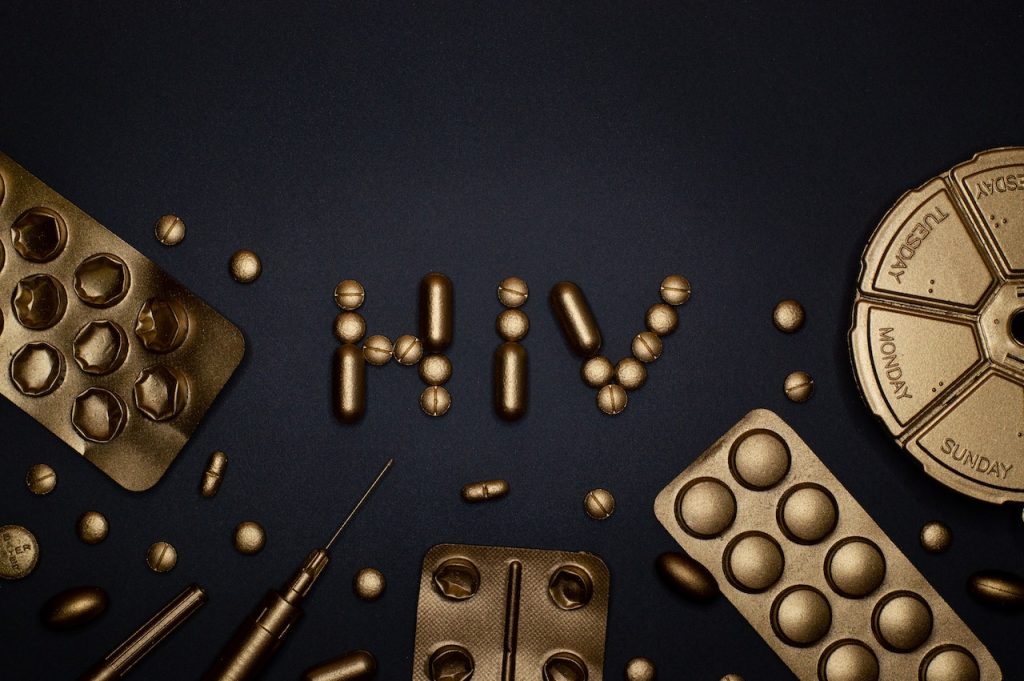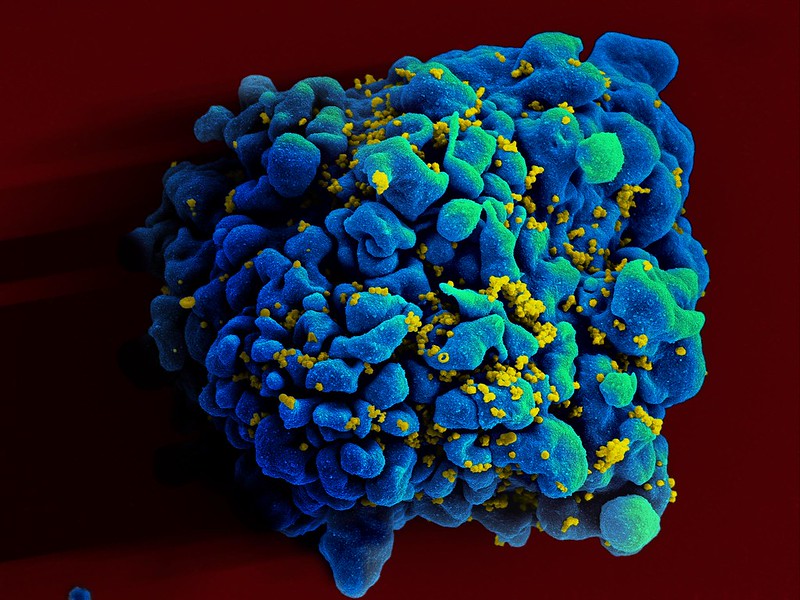Opinion: HIV Investments Remain No-brainers, but Some Things Need to Change

By Marcus Louw for Spotlight
Making the case for governments and donors to pump money into the HIV response has become more difficult over the last decade. This is partly a result of the notable successes we’ve had – for example, in 2022, HIV-related deaths in South Africa were down to less than a fifth of what it was in 2005. There is clearly some justification for the point of view that HIV simply isn’t the crisis it used to be.
That said, it is also true that about 8 million people in South Africa are living with HIV. This number will continue to rise in the coming years as the rate of new HIV infections is much higher than the rate of HIV-related deaths. Barring a major scientific breakthrough, all these millions of people will require antiretroviral medicines for the rest of their lives, both for their own health and to reduce onward transmission of the virus. In this context, a failure to maintain and improve HIV treatment and prevention programmes will have catastrophic consequences.
There is also increasing competition with other areas of urgent need. In recent years, climate change and COVID-19 have understandably made the headlines much more frequently than HIV. There is also a slow shift underway in South Africa’s disease burden, away from HIV and tuberculosis toward non-communicable diseases (NCDs) such as diabetes and hypertension.
Still a no-brainer
Despite these shifts, there is good reason to think that spending money on HIV continues to offer excellent value for money. For example, according to a recent report by Economist Impact (part of the Economist group that also publishes the Economist magazine), for every dollar spent on HIV in South Africa from 2022 to 2030, it is estimated the country will see GDP gains of over $7.
We also have a good idea of the impact and cost-effectiveness of specific HIV-related interventions. According to the most recent version of the South Africa HIV investment case, published in December 2021, condom provision continues to be the most cost-effective intervention in South Africa, followed by antiretroviral treatment, infant testing, pre-exposure prophylaxis for men who have sex with men, and general population testing. Voluntary medical male circumcision has become less cost-effective as coverage levels have risen in recent years, but remains worth it. In fact, the investment case leaves no doubt that most of the key interventions needed to combat HIV in South Africa are both worth it and affordable.
Despite all this, according to a recent UNAIDS report, global investment in HIV has taken a knock in recent years, and in 2022 we were essentially back down to the same level as in 2013. Such reductions constitute a crisis in HIV funding, especially in poor countries that are heavily reliant on donor funds. In South Africa, key interventions like antiretroviral treatment and condoms generally remain funded, but public sector health budgets have been shrinking in real terms, something that is no doubt impacting the HIV programme.
Time to leverage HIV investments
This brings us back to the knotty problem with which we started – while HIV remains a large and serious problem and most investments in combatting HIV remain excellent value for money, making the case for these investments has become more difficult due to competing priorities and the fact that, in South Africa at least, people are not dying of AIDS at nearly the rate they did 20 years ago. How to best make the case in a way that convinces governments and donors to put up the money in this context is a devilishly hard problem.
There are certainly no simple solutions.
What there is, though, is some indications that a too narrow focus on HIV is becoming a harder sell. There is also a risk that as funds for HIV get harder to come by, and the clamour for funding NCDs becomes more pronounced, we may end up pitting diseases against each other in a way that benefits no one.
Given the incredible acuteness of our HIV crisis ten and 20 years ago, a laser focus on HIV was right and necessary. Today, however, the reality is that many people living with HIV are also living with NCDs like diabetes or hypertension, something that will become only more so as the population of people living with HIV grow older. It is clear that we need to start doing a better job of integrating care and treatment for all the different diseases one person might have – the key is to do so in a way that doesn’t drop the ball when it comes to HIV.
In some areas progress is already clear – medicines distribution via pickup points closer to people’s homes were fuelled by the need to get ARVs to people, but is now also being used to distribute medicines for some NCDs. In other areas, such as data systems, integration however remains limited and the systems available for HIV and TB remain superior to those for NCDs.
There appears to be a broader policy shift along these lines. As recently reported on Devex, the Global Fund to Fight HIV, TB, and Malaria’s current five-year strategy explicitly endorses and promises funding for integrating non-communicable disease services with TB and HIV programmes. UNAIDS’s new ‘The path to end AIDS’ report also makes the right noises on the “deeper integration of HIV and other health services”, as does South Africa’s National Strategic Plan for HIV, TB, and STIs 2023 – 2028.
Of course, the road from policy-level ambitions such as these and change on the ground can be a long one – to some extent such integration has been on the cards for over a decade. But, rising NCD rates, an ageing population of people living with HIV and comorbidities, and funding pressures mean that getting integration right is now more urgent than ever.
One of the arguments for HIV-specific funding has always been that HIV investments have benefited healthcare systems more generally, even if that was not the primary intention. Maybe in this next act of the HIV response then, the key will be to stop thinking of health system improvement as a side effect of HIV investments and instead lean into the idea of explicitly leveraging what we’ve done and will continue to do in HIV to improve health systems more generally.
Republished from Spotlight under a Creative Commons Licence.
Source: Spotlight






